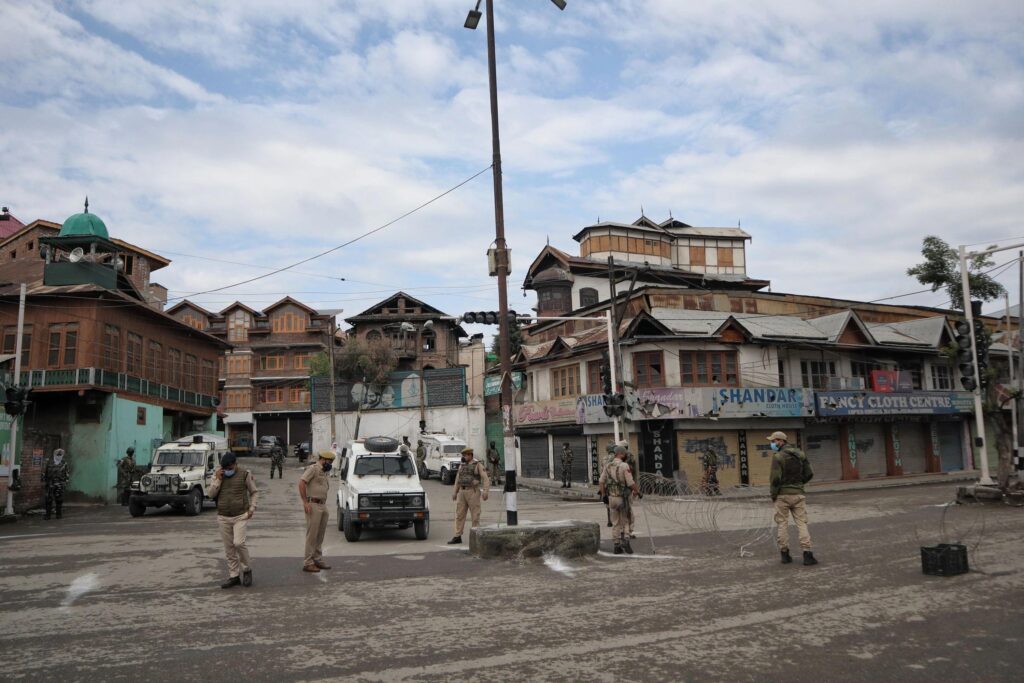July 13 bears a deep and increasingly mournful significance in Kashmir’s history. It is observed as Martyrs’ Day, in remembrance of the 22 Kashmiris who were tragically killed by Dogra troops under Maharaja Hari Singh in 1931. This day, once a symbol of hope, now represents a fading memory of the origins of organized political resistance against oppressive Dogra rule, a period characterized by severe repression, heavy taxation, and systemic discrimination against Kashmiri Muslims.
A Legacy Born of Blood and Hope
The killings on July 13, 1931, at Srinagar’s Martyrs’ Graveyard marked a tragic moment, yet they sparked Kashmiri political awareness. These victims, peacefully demanding the right to offer Friday prayers, became symbols of the severe religious and political repression of their time. This brutal act, though tragic, led to the creation of the Muslim Conference in 1932, which later became the National Conference. It was the dark beginning of Kashmir’s long struggle for autonomy and rights.
For decades, July 13 was a gazetted public holiday in Jammu and Kashmir, openly observed with political and social ceremonies honoring the martyrs’ memory. It served as a potent, collective reminder of Kashmir’s unique historical identity and its long-standing demand for dignity and self-rule, a demand that echoed through generations.
A Shrouded Silence: Post-2019 Changes
The political landscape in Kashmir has drastically and painfully transformed since the abrogation of Articles 370 and 35A on August 5, 2019. This profound shift revoked the region’s special autonomous status and bifurcated it into two Union Territories. A suffocating clampdown accompanied this move on political freedoms and the systematic erasure of many symbolic markers of Kashmiri identity, including the disheartening removal of July 13 as a public holiday. In 2025, the authorities in Jammu and Kashmir imposed oppressive restrictions on commemorations of Martyrs’ Day. Political parties were denied permission to hold gatherings at the historic Martyrs’ Graveyard in Srinagar, a place sacred with sacrifice. Several prominent leaders, including Mirwaiz Umar Farooq, were placed under house arrest, silenced to prevent them from leading tributes. Security forces heavily barricaded the site, and public access was severely limited, reflecting a tense political climate and ongoing, chilling suppression of dissent.
This year’s Martyrs’ Day became a poignant and painful political and symbolic struggle. While leaders like Tanvir Sadiq of the National Conference condemned the government’s restrictions as an affront to history and Kashmiri identity, others like PDP’s Iltija Mufti defied the ban to pay homage, asserting with mournful defiance that memory itself cannot be imprisoned.
A Heavy Human Toll: Life Under Shadow
The ongoing conflict and political suppression have exacted profound human costs. Since the killing of Burhan Wani in 2016, official figures paint a gloomy picture: at least 43 civilian deaths and nearly 2,000 injuries in violent incidents in Kashmir, many involving youth aged 15-25. The use of force has tragically caused hundreds to suffer partial or complete blindness due to pellet gun injuries. Life in Kashmir often remains paralyzed by prevalent curfews, shutdowns, and restrictions, severely impacting daily livelihoods and the very possibility of education, a suffocating reality for countless lives.
Echoes of Discord: Divergent Narratives
The observance of July 13 is not without its deep-seated controversy. While many Kashmiris see it as a solemn day of resistance and sacrifice, some groups, such as the Kashmiri Pandit community, observe it as a “Black Day.” They recall with anguish communal violence and persecution they faced in the region’s history, demanding recognition of the atrocities against their community on this date and in later years as acts of ethnic cleansing, a painful testament to the region’s complex and often contradictory historical memories.
Conclusion: A Legacy Veiled in Sorrow
The contrast between then and now is stark, almost heartbreaking. The 1931 martyrs’ sacrifice once ignited a collective hope for freedom and justice in Kashmir, a day commemorated openly, almost sacredly, for decades. Today, that day is shrouded in political restrictions and contested narratives, reflecting the ongoing, unresolved struggle over Kashmir’s identity, autonomy, and future. The suppression of Martyrs’ Day observances and the broader political clampdown underscore the unresolved tensions and the enduring, often heartbreaking, quest of Kashmiris for recognition and fundamental rights.


